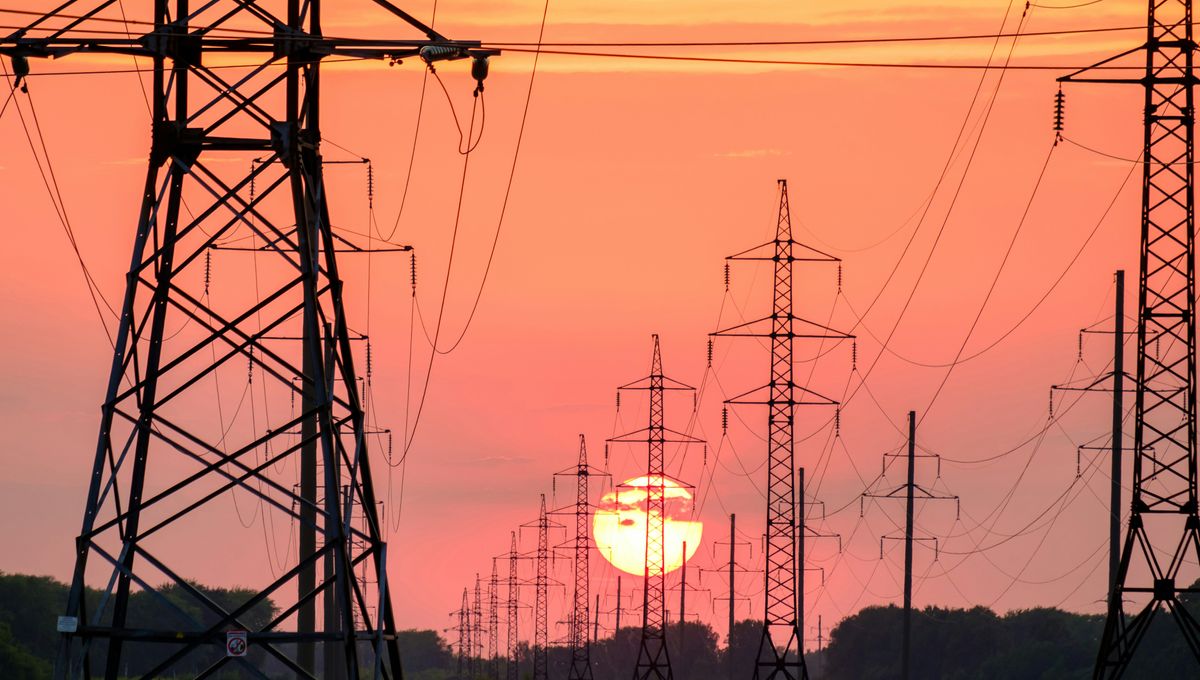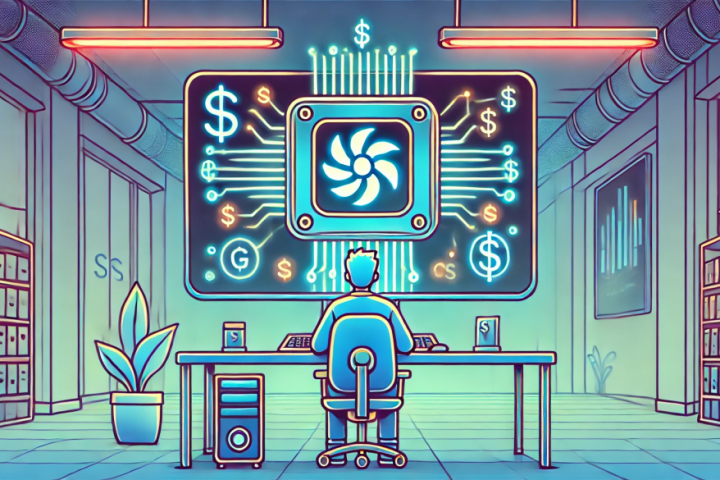Advertisement
Last summer, the Electric Reliability Council of Texas (ERCOT) found itself grappling with an unprecedented surge in demand. To manage the state’s power consumption, ERCOT had to resort to drastic measures.
Among the strategies employed were eight appeals for voluntary energy conservation. But ERCOT also turned its gaze towards Bitcoin mining, a process notorious for its high energy consumption. Bitcoin mining involves using computational power to solve intricate mathematical problems, thereby validating transactions on the Bitcoin network and earning newly minted bitcoins.
In a surprising move in August 2023, ERCOT reportedly paid a whopping $31.7 million in energy credits to a single company, Riot Platforms, to scale down its Bitcoin mining operations. Riot Platforms, the proud owner of North America’s largest Bitcoin mine in Rockdale, boasts a total power capacity of 700 MW.
“Riot set a new monthly record for Power and Demand Response Credits in August, raking in $31.7 million. This figure surpassed the total amount of all credits received in 2022. Based on the average Bitcoin price in August, the credits received were equivalent to approximately 1,136 Bitcoin,” Les elaborated.
Later that year, a bill was proposed to limit the amount of compensation cryptocurrency miners could receive in the form of credits. However, it failed to make it past the committee stage in the House.
As we look ahead to this summer, it remains uncertain whether Texas will offer similar credits to Bitcoin miners. The state’s power grid is bracing for more challenges. ERCOT’s latest report forecasts a 16 percent chance of an electric grid emergency and a 12 percent chance of rolling blackouts in August 2024 between 8 and 9 pm.
Texas is unique in that it is the only state in the continental US with its own electric grid. While this allows it to sidestep federal regulations, it also restricts Texas’s ability to import electricity from other states during emergencies.
The energy situation in the Lone Star State has been exacerbated in recent years due to the rise of computer data centers and artificial intelligence (AI), both of which are notorious energy guzzlers. Studies predict that by 2027, AI could account for 0.5 percent of global energy consumption, equivalent to the current consumption of the Netherlands.
The escalating energy demand from AI and crypto poses a significant challenge for many regions, including Texas, which aspires to be a tech infrastructure hub. Whether its electricity grid can keep pace is yet to be seen.
“ERCOT CEO Pablo Vegas and others delivered a startling testimony today in the Senate Committee on Business & Commerce. They revealed that within just six years (or three legislative sessions), our power grid needs will skyrocket from about 85,000 to 150,000 megawatts,” Dan Patrick, Lieutenant Governor of Texas, posted on X earlier this month.
“Further testimony indicated that this growth is due to population increase, normal business expansion, and Artificial Intelligence (AI). However, crypto miners and data centers are expected to account for over 50 percent of this added growth. We need to scrutinize these two industries closely. They generate very few jobs relative to the enormous demands they place on our grid. In fact, crypto mining might be more profitable from selling electricity back to the grid than from their mining operations,” he added.
“Ultimately, it’s the Texans who will bear the brunt.”







